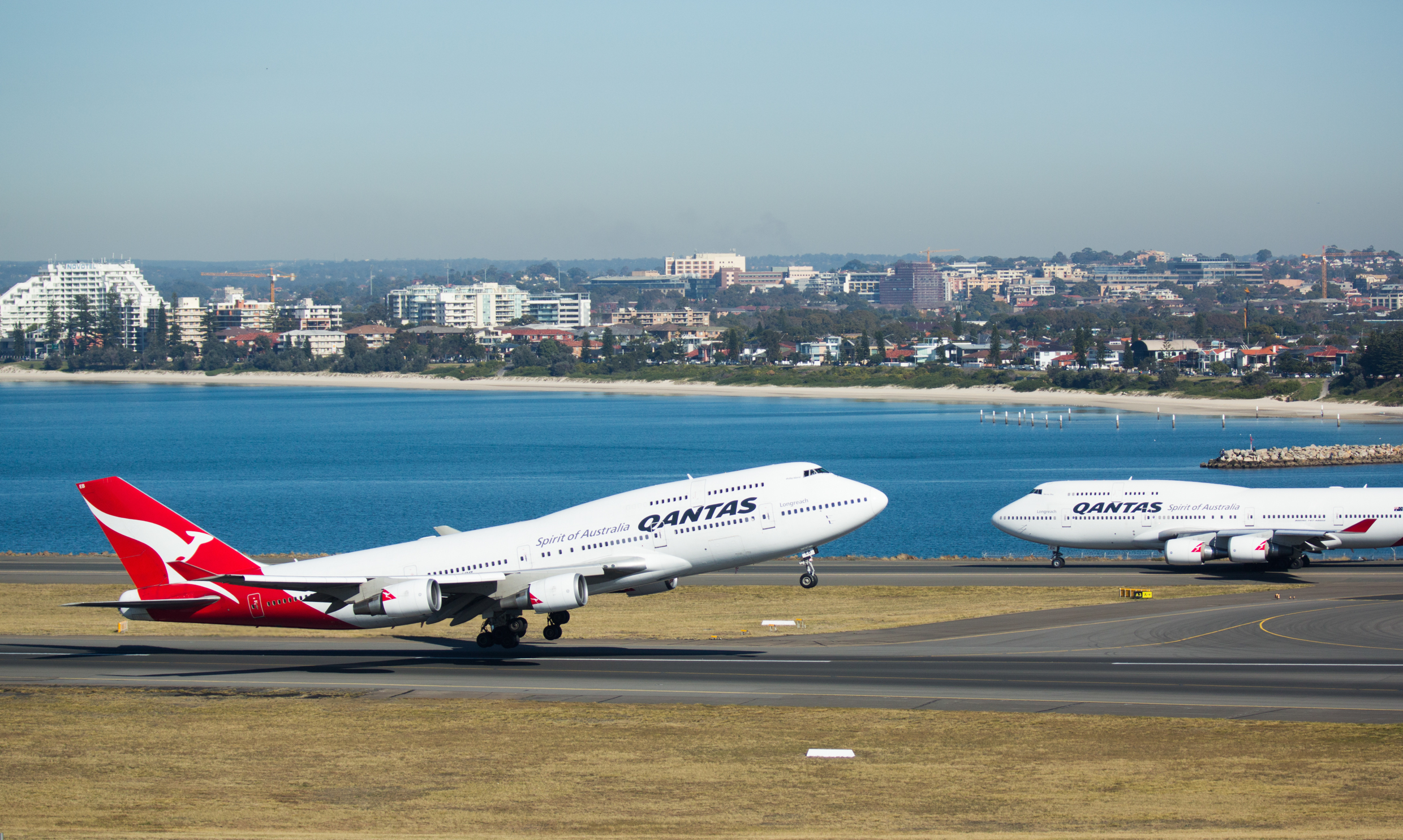
Qantas CEO Alan Joyce announced in the airline’s quarterly update that it’s Boeing 747s will fly for the last time in 2020. The airline had previously planned to phase out all Jumbos out by 2022 or 2023.
Currently Qantas has 10 747-400 aircraft left in it’s fleet, and is the only Australian airline that flys them. The airline has been flying various 747 models since 1971.
Qantas will order an additional 6 787-9s to replace the retiring Jumbos, bringing the total number to 14 of the 787-9’s either delivered or on order.
It’s the end of one era and the start of the next. https://t.co/8eJxPwmCzc pic.twitter.com/lJ4tkngrP0
— Qantas (@Qantas) May 1, 2018
The 787 carries 236 passengers compared to the 747’s 364, but the 787 uses approximately 20% less fuel and has cheaper maintenance costs. The 787s will also fly more often than the 747s, with Qantas saying it will result in a 2% drop in international capacity due to the aircraft being swapped out.
The new 787s will cost $A2.2 billion ($US1.7 billion).
The quarterly update also reveals that the airline’s fuel bill will be $A200 million more than the previous financial year. The underlying profit before tax is on track to be between $A1.55 billion and $A1.6 billion compared to $A1.4 billion last year. Third quarter revenue was up 7.5% year on year with an 8% increase in revenue on the Qantas domestic group (Qantas Domestic and Jetstar Domestic) and 5% growth in revenue per seat flown on the International group, (Qantas International, Jetstar International and Jetstar Asia in Singapore).
Press release from the Qantas website:
“Qantas has today announced an order for six additional Boeing 787-9s to fly on its international network, bringing its fleet of Dreamliners to 14 by the end of 2020.
The arrival of the new aircraft will enable the airline to accelerate retirement of its last six Boeing 747s – an aircraft type that has been in its fleet in various forms since 1971.
Qantas Group CEO Alan Joyce said the announcement was an important moment for the national carrier.
“This really is the end of one era and the start of another. The jumbo has been the backbone of Qantas International for more than 40 years and we’ve flown almost every type that Boeing built. It’s fitting that its retirement is going to coincide with our centenary in 2020,” Mr Joyce said.
“Over the years, each new version of the 747 allowed Qantas to fly further and improve what we offered passengers. The Dreamliners are now doing the same thing.
“The 787 has better economics and a longer range, and its already opened up new routes like Perth to London. With a larger fleet of Dreamliners, we’ll be looking at destinations in the Americas, Asia, South Africa and Europe.
“By the end of 2020 we’ll have farewelled the 747, finished upgrading the cabins of our A380s, and welcomed our fourteenth 787. That’s a great proposition for our customers and creates some really exciting opportunities for our people,” added Mr Joyce.
Qantas expects to invest in an additional 787 simulator to assist with training more of its pilots to operate the new aircraft. This comes on top of the Qantas Group Pilot Academy opening in 2019.
Interiors of the additional 787s will feature the same configuration as the existing aircraft. The Qantas Dreamliner carries fewer passengers than the larger 747 (236 seats vs 364) and has a greater focus on Business and Premium Economy seating.
However, the reduced maintenance needs of the 787 plus more efficient aircraft patterning and reduced payload restrictions on long routes mean the actual impact on overall capacity for Qantas International is expected to be negligible. The Dreamliner burns approximately 20 per cent less fuel.
To date, Qantas has taken delivery of four 787-9s with a further four due to arrive by the end of 2018. The six announced today will arrive between late 2019 and mid-to-late 2020.
There are currently ten 747-400s left in the fleet and these will be steadily retired between July this year and the end of 2020. Qantas received the last of its 747s new from Boeing in 2003, which will be 17 years old at time of retirement.
Today’s fleet order was made alongside the Qantas Group’s Quarter Three Trading Update.”